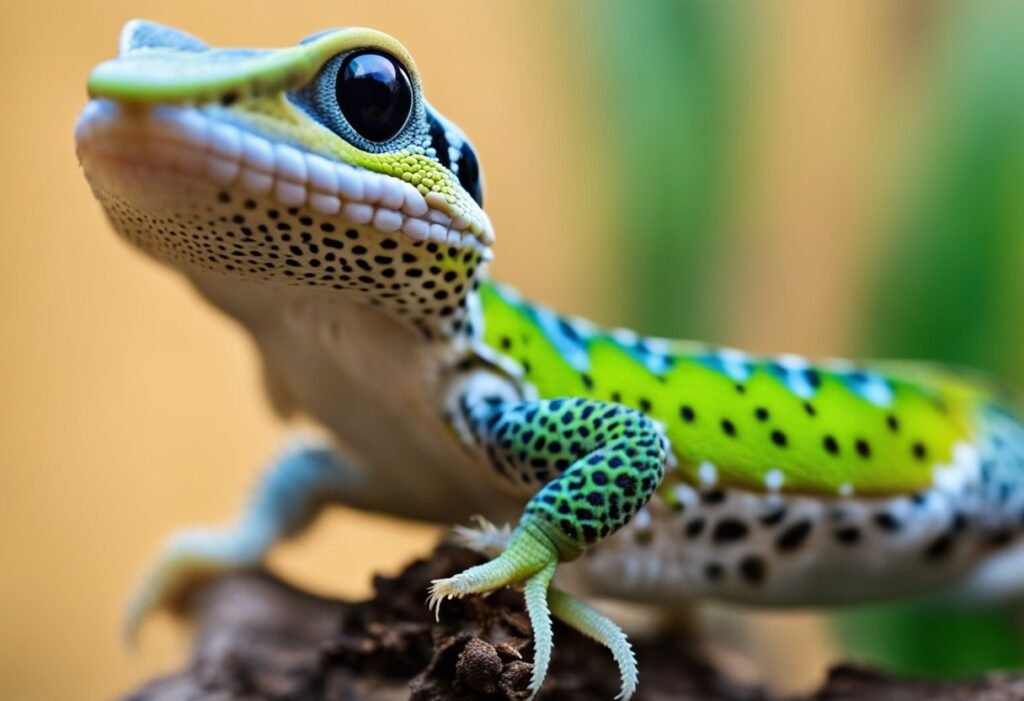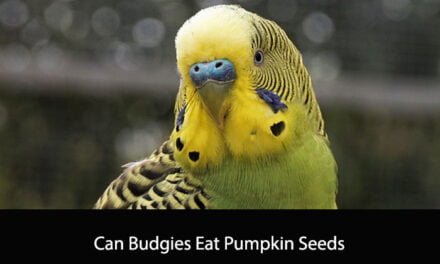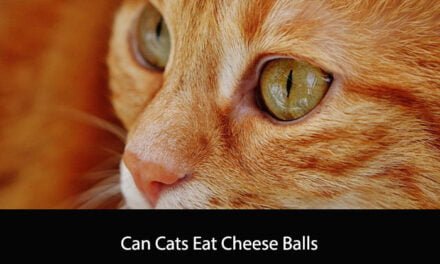Leopard geckos are one of the most popular pet reptiles due to their unique appearance and relatively low maintenance. As with any pet, it’s important to ensure that they are receiving a balanced and appropriate diet. Many owners may wonder if it’s safe to feed their leopard gecko praying mantises, which are commonly found in the wild.
While leopard geckos are known to be insectivores, it’s important to note that not all insects are suitable for their diet. Praying mantises are known to be carnivorous and may even prey on smaller reptiles in the wild. As such, it’s important to carefully consider the potential risks and benefits of feeding praying mantises to your leopard gecko. In this article, we will explore whether or not leopard geckos can safely eat praying mantises and provide some tips for ensuring a healthy and balanced diet for your pet.
Leopard Gecko Diet Fundamentals

When it comes to feeding leopard geckos, it is important to understand their nutritional requirements and what types of prey they commonly consume. In this section, we will cover the basics of leopard gecko diet.
Nutritional Requirements
Leopard geckos are insectivores, which means they primarily eat insects. In order to maintain their health, they require a balanced diet that includes a variety of nutrients. Some of the key nutrients that leopard geckos need include:
- Protein: This is essential for growth and development, as well as maintaining muscle mass.
- Calcium: This is important for maintaining strong bones and preventing metabolic bone disease.
- Vitamins: Leopard geckos require a variety of vitamins, including vitamin D3, which helps them absorb calcium.
It is important to provide a varied diet to ensure that leopard geckos are getting all of the nutrients they need. This can be achieved by offering a variety of prey items, such as crickets, mealworms, and waxworms.
Common Prey for Leopard Geckos
Leopard geckos are known to consume a variety of insects in the wild. Some of the most common prey items for leopard geckos include:
- Crickets: These are a staple food item for leopard geckos. They are high in protein and relatively easy to find.
- Mealworms: These are another popular food item for leopard geckos. They are high in fat, so they should be fed in moderation.
- Waxworms: These are a treat food item for leopard geckos. They are high in fat and should only be fed occasionally.
It is important to ensure that any prey items offered to leopard geckos are appropriately sized. Prey items that are too large can cause choking or digestive issues, while prey items that are too small may not provide enough nutrition.
Overall, providing a varied diet of appropriately sized prey items is key to maintaining the health of leopard geckos. By understanding their nutritional requirements and common prey items, we can ensure that these fascinating reptiles thrive in captivity.
Praying Mantis as Food

When it comes to feeding our leopard geckos, we often look for a variety of insects to provide them with a balanced diet. One such insect that may come to mind is the praying mantis. But can leopard geckos eat praying mantis? Let’s take a closer look.
Nutritional Profile of Praying Mantis
Praying mantises are known for their predatory behavior and are skilled hunters of other insects. As a result, they are a good source of protein for our leopard geckos. In addition to protein, praying mantises also contain other important nutrients such as calcium, phosphorus, and vitamins A and C.
However, it is important to note that the nutritional content of prey can vary depending on what the prey has eaten. For example, a praying mantis that has fed on a diet of solely plant material may not be as nutritious as one that has fed on a varied diet of insects.
Safety Considerations
While praying mantises can be a nutritious food source for leopard geckos, there are some safety considerations to keep in mind. Praying mantises have been known to defend themselves by using their sharp forelegs to strike out at potential threats. This can cause injury to our leopard geckos if they are not careful when consuming the praying mantis.
Another consideration is the potential for parasites or diseases that the praying mantis may be carrying. It is important to ensure that any insects we feed our leopard geckos are from a reputable source and have not been exposed to any harmful substances.
In conclusion, while praying mantises can be a good source of nutrition for our leopard geckos, we must be cautious when feeding them due to safety considerations. As with any new food item, it is important to introduce it slowly and monitor our leopard geckos for any adverse reactions.
Feeding Practices

How to Feed Praying Mantis to Leopard Geckos
Leopard geckos are insectivores and can eat a variety of insects, including praying mantis. However, it is important to ensure that the praying mantis is an appropriate size for your leopard gecko. Adult leopard geckos can handle larger insects, while juvenile leopard geckos require smaller insects.
When feeding praying mantis to your leopard gecko, it is important to ensure that the insect is gut-loaded. This means that the insect has been fed a nutritious diet prior to being fed to your leopard gecko. Crickets, mealworms, and other insects can be used to gut-load the praying mantis.
Leopard geckos are also more likely to eat live prey, so it is recommended to feed live praying mantis to your leopard gecko. You can purchase live praying mantis from pet stores or online retailers.
Frequency and Quantity
Leopard geckos should be fed every other day, and the quantity of food should be appropriate for their size. As a general rule, leopard geckos should be fed 2-3 appropriately sized insects per feeding.
When feeding praying mantis to your leopard gecko, it is important to monitor their eating habits and adjust the quantity of food as needed. Overfeeding can lead to obesity and other health issues, while underfeeding can lead to malnutrition.
In summary, leopard geckos can eat praying mantis as part of their diet, as long as the insect is an appropriate size and gut-loaded. Live prey is recommended, and the quantity of food should be appropriate for the leopard gecko’s size and eating habits.
Potential Health Impacts
When considering feeding leopard geckos praying mantis, it is important to assess the potential health impacts. While praying mantis can provide some benefits, there are also risks and concerns to keep in mind.
Benefits of Praying Mantis
Praying mantis can be a good source of protein for leopard geckos, as they are high in nutrients such as calcium and phosphorus. In addition, they can provide enrichment and mental stimulation for geckos, as they have to hunt and catch their prey.
Risks and Concerns
However, there are also potential risks and concerns associated with feeding leopard geckos praying mantis. One concern is the possibility of the mantis carrying parasites or diseases that could be harmful to the gecko. In addition, if the mantis is too large, it could cause digestive issues or even blockages in the gecko’s system.
Another concern is the possibility of the mantis defending itself by biting or scratching the gecko, which could lead to injury or infection. It is important to supervise the feeding process and ensure that the mantis is an appropriate size for the gecko to safely consume.
Overall, while praying mantis can provide some benefits as a food source for leopard geckos, it is important to carefully consider the potential risks and concerns before feeding them.
Alternative Feeder Insects
In addition to crickets and mealworms, there are a variety of alternative feeder insects that can be offered to leopard geckos to provide a diverse and balanced diet. Some of these alternative feeder insects include:
- Dubia Roaches: Dubia roaches are a popular choice among reptile keepers due to their high protein content and low fat content. They are also easy to breed and can be gut-loaded with nutritious foods to provide additional nutrients to your leopard gecko.
- Waxworms: Waxworms are a high-fat feeder insect that can be offered as an occasional treat for your leopard gecko. They are not recommended as a staple feeder insect due to their high fat content.
- Superworms: Superworms are similar to mealworms but are larger and have a higher protein content. They can be offered as a staple feeder insect for adult leopard geckos but should be fed in moderation to avoid obesity.
- Hornworms: Hornworms are a soft-bodied feeder insect that are high in moisture and low in fat. They are a good choice for leopard geckos that are dehydrated or have difficulty shedding.
It is important to note that not all feeder insects are created equal and some may not be appropriate for your leopard gecko. Always research any new feeder insect before offering it to your leopard gecko to ensure that it is safe and nutritious.
Frequently Asked Questions
Are praying mantises safe for leopard geckos to consume?
Praying mantises are not toxic to leopard geckos, but they are not a recommended food source. The sharp spines on the mantis’ legs and body can cause harm to the gecko’s digestive system, mouth, and throat. Additionally, mantises are known to defend themselves by striking with their forelegs, which can cause injury to the gecko.
What are the potential risks of feeding a leopard gecko a praying mantis?
Feeding a leopard gecko a praying mantis can result in injury or death. The sharp spines on the mantis’ legs and body can cause harm to the gecko’s digestive system, mouth, and throat. Additionally, mantises are known to defend themselves by striking with their forelegs, which can cause injury to the gecko.
Which insects should be avoided when feeding a leopard gecko?
Leopard geckos should not be fed insects that are toxic, have hard exoskeletons, or are too large to swallow. Insects such as fireflies, beetles, and centipedes should be avoided as they are toxic to leopard geckos. Insects with hard exoskeletons, such as beetles and mealworms, can be difficult for the gecko to digest and may cause impaction. Insects that are too large to swallow, such as large crickets or grasshoppers, can cause choking or blockages in the digestive system.
What is the ideal diet for a leopard gecko?
The ideal diet for a leopard gecko consists of a variety of appropriately sized insects, such as crickets, mealworms, and dubia roaches. It is important to provide a balanced diet that includes insects with a high calcium content, such as phoenix worms or black soldier fly larvae, to prevent metabolic bone disease. Additionally, insects should be dusted with a calcium and vitamin D3 supplement before feeding.
Can leopard geckos eat insects with hard exoskeletons?
Leopard geckos can eat insects with hard exoskeletons, but they should be fed in moderation. Insects such as beetles and mealworms can be difficult for the gecko to digest and may cause impaction. It is recommended to provide a variety of insects with different exoskeletons, such as crickets and dubia roaches, to prevent impaction.
How do I identify suitable prey for my leopard gecko?
Suitable prey for a leopard gecko should be appropriately sized, easy to digest, and have a high nutritional value. Insects such as crickets, mealworms, and dubia roaches are commonly fed to leopard geckos. It is important to avoid feeding insects that are toxic, have hard exoskeletons, or are too large to swallow. Additionally, insects should be dusted with a calcium and vitamin D3 supplement before feeding to ensure a balanced diet.





